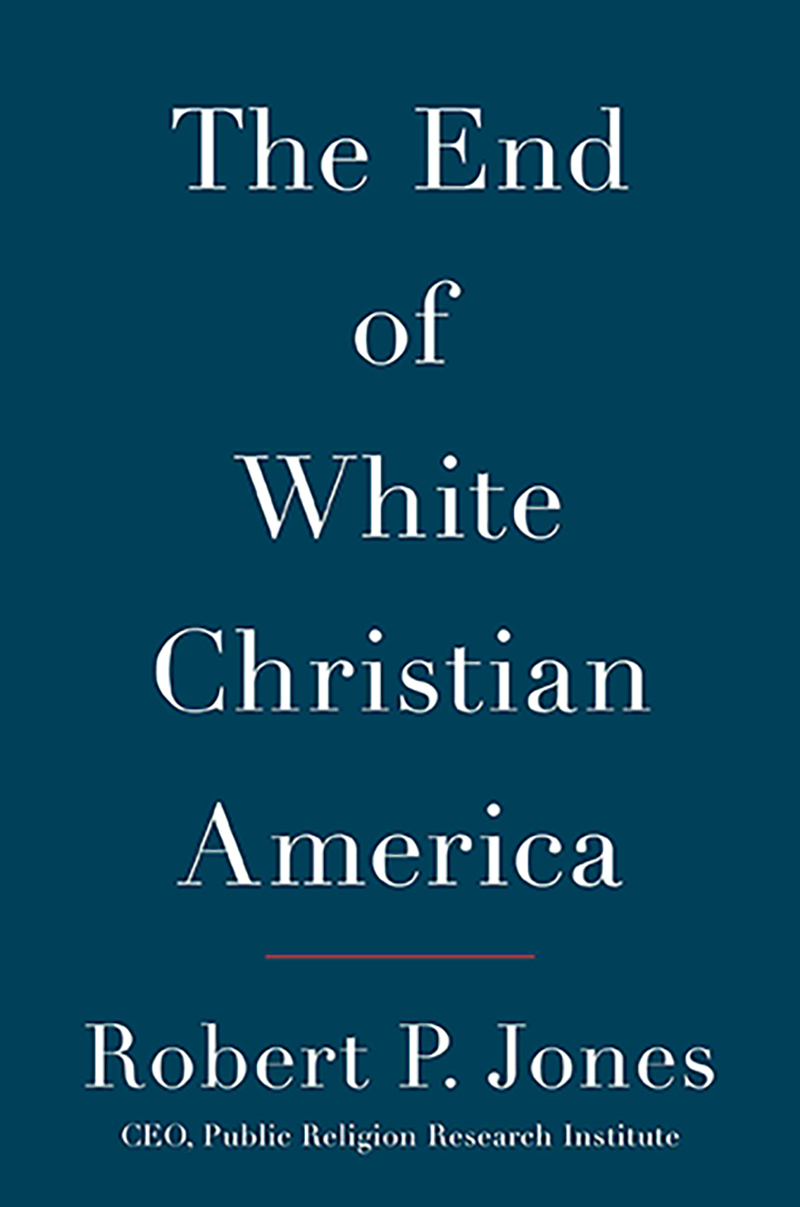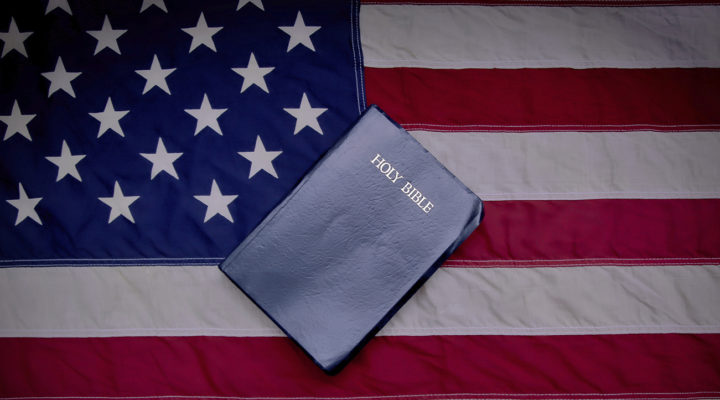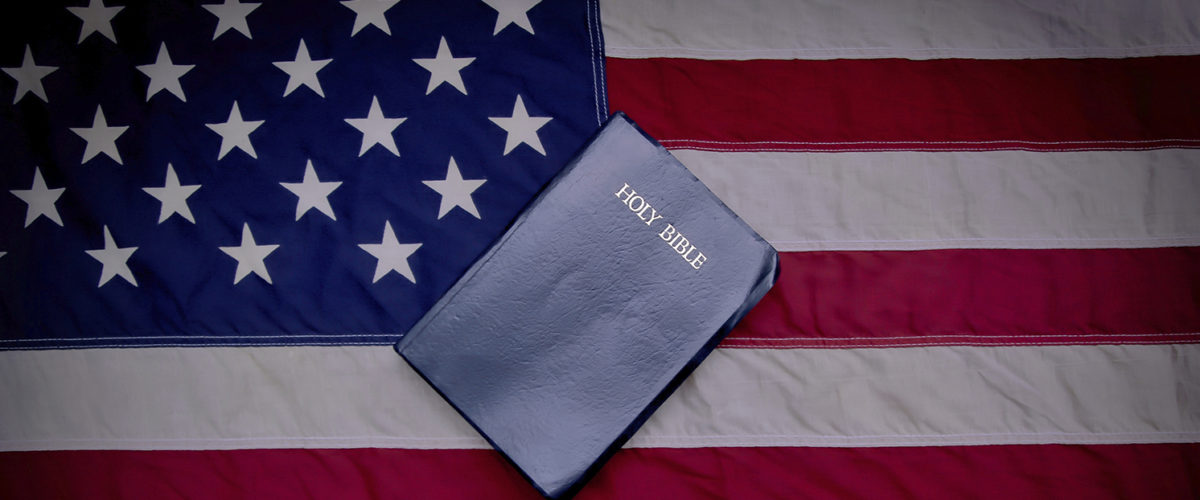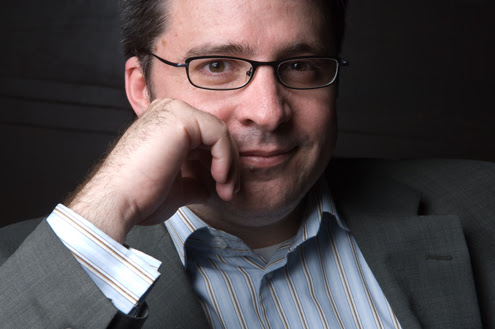Conservative evangelicals have lost their cultural and political clout as their numbers and vitality wane, author Robert Jones argues in his book The End of White Christian America.
The book was published in the summer of 2016 — just a few months before Donald Trump rode the support of fearful Caucasian Christians all the way to the White House.
As a result, Jones said he received a slew of post-election social media messages, many of them tongue-in-cheek suggestions that he re-title his book.
During a recent FaithSoaring Churches conference call, Jones acknowledged his initial surprise at the influence white Christians had in helping Trump win the White House. Jones said he had used 2014 statistics in researching the text, which he completed before Trump’s political ascension.
But Jones said he stands by the his conclusion that White Christians are descending, Trump’s election notwithstanding.
In fact, the election victory demonstrates Jones’ and others’ conclusions that it was, in part, White Christian anxiety about their declining numbers and power that motivated their support for Trump in the first place.
Trump was able to tap into that fear by promising a return to a pre-evangelical decline America, Jones said. Through his Make America Great Again campaign, then-candidate Trump “was able to convert many values voters into be nostalgia voters,” Jones said.
“If you see declining numbers and cultural change that is fast and going in many directions, the appeal back to a time when White Protestant majorities held sway is a pretty tempting picture,” he said.
But despite Trump’s victory, those diminishing numbers are continuing, Jones said.
Since Barack Obama’s first election, the percentage of Americans identifying as white and Christian has dropped from 54 percent to 47 percent, Jones said.
 That’s a shift from a majority white Christian nation to a non-majority white nation, he said.
That’s a shift from a majority white Christian nation to a non-majority white nation, he said.
Considered generationally, about two-thirds of seniors are white and Christian, Jones said. By comparison, 22 percent of Millennials fit that description.
Increasing rates of religious disaffiliation among younger Americans also predicts future declines, he said. Currently, one-in-10 seniors report no religious affiliation, while the number is nearly 4-in-10 among adults 30 and younger.
Overall, Americans claiming no religious affiliation has swelled from 6 percent in the 1990s to 35 percent in 2016.
“It’s basically quadrupled since the 1990s,” Jones said.
And that cannot be written off to the age-old axiom that young people have always attended church at lower rates than older Americans.
“The youngest generation we have now is more unaffiliated with religious congregations than any other generation before them,” Jones said. “Boomers in their 20s were nowhere near as disaffiliated as this generation is.”
The sudden advances of same-sex marriage had around the nation was another factor stoking conservative Christian angst. The confusion around gender roles it created made Trump’s “take back the country” rhetoric all the more appealing.
It was those kinds of trends that got huge numbers of white Christians to the polls to support Trump, he said. That demographic cannot be described as dying or powerless.
“There is still a lot of life in white Christian denominations, but that lock hold of white Protestantism is gone.”



